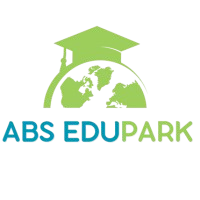Study in USA

About Usa
In the 20th and 21st centuries, the United States has become a magnet for hundreds of thousands of bright and ambitious students from around the world. The US is the preferred destination for Indian students because American higher education institutions offer academic excellence, cutting-edge technology, extensive support services for international students, generous funding opportunities, a wide variety of educational options, flexible curricula, and hands-on training through Optional Practical Training (OPT) and Curricular Practical Training (CPT). Students on an F-1 student visa can work on-campus for up to 20 hours per week during their academic year and up to 40 hours per week during vacations or festival holidays. Studying in the USA from India after graduation enables students to engage in 1 year of OPT, which is popularly known as Optional Practical Training. Students with certain degrees in STEM (Science, Technology, Engineering, and Mathematics) fields are allowed to work for 36 months during their OPT. Upon completion of their OPT, students can apply for an H-1B visa (Work Permit Visa) for employment in the United States.
BOOK AN APPOINTMENT
7 Best Reasons to Study in the USA
- Academic excellence
- Flexibility in declaring a major
- Taking a range of general education classes
- >Emphasis on internships & career advancement
- Engaging in the full campus experience
- Diversity of student population on campus
- Specialized services and support for international students

Education System in the USA
The U.S. higher education system offers a wide variety of institutions for international students, including vocational institutes, community colleges, and universities. The United States also provides both public and private institutions, each with its unique advantages. This diversity offers a wide range of courses and programs for international students. Coupled with world-class faculty, research facilities, and instructional resources, the U.S. education system is highly attractive. Additionally, the F1 student visa, which allows students to explore post-study work opportunities, makes the U.S. a very appealing study destination. Studying in the USA means being a part of the world's most flexible education system, where students can specialize in their area of interest.
Book an Appointment →Types of Institutions to study in USA
- Public Universities
- Private Institutions
- Technical Institutes
- The Ivy League
- Small Liberal Arts Colleges
- Community Colleges
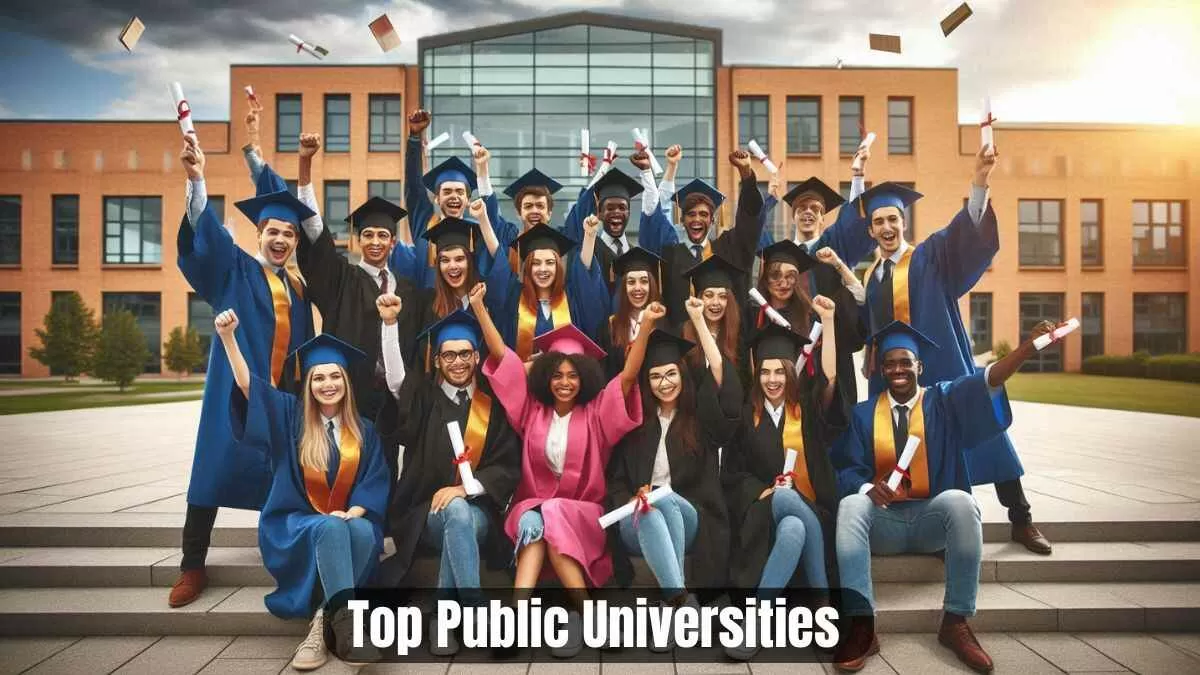
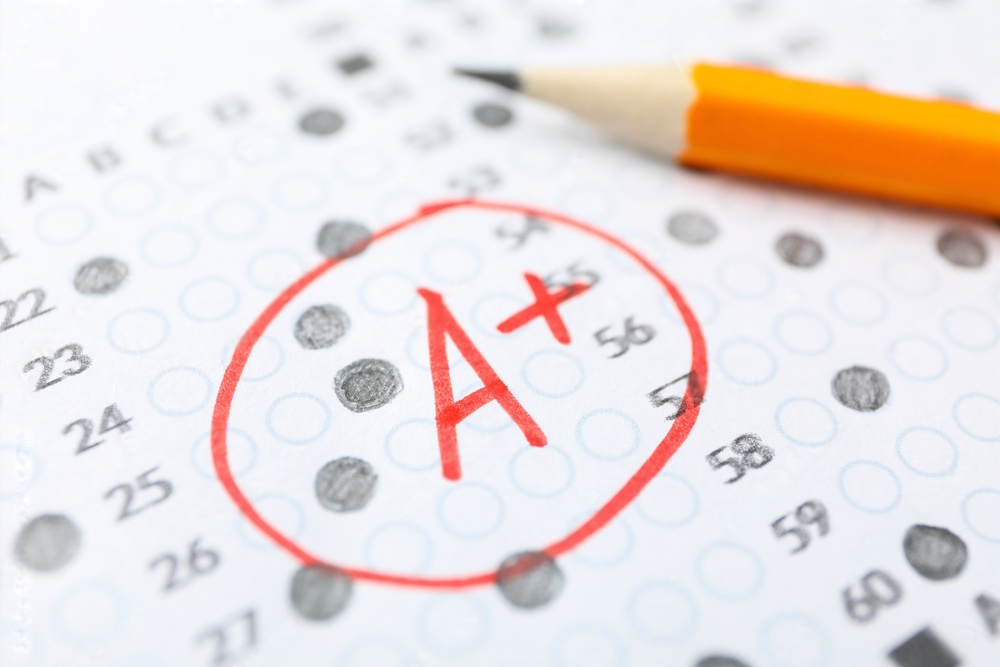
Grading System
The degrees that are generally awarded by the US higher education institutes are:-
- Associate degree (two years)
- Bachelor’s Degree (four years)
- Master’s Degree (one or two years)
- Doctorate (three to five years)
- >Summer Program (six to ten weeks)
Popular Universities in the USA
Ivy League universities in the US began as a group association of eight highly competitive athletic colleges, namely:
- Harvard University (Massachusetts)
- Yale University (Connecticut)
- Princeton University (New Jersey)
- Columbia University (New York)
- Brown University (Rhode Island)
- Dartmouth College (New Hampshire)
- University of Pennsylvania (Pennsylvania)
- Cornell University (New York)
Public Universities
Public universities are part of an individual state's education system and receive funding from both the state and federal government. However, public universities often offer lower tuition fees than private institutions, even for out-of-state students.
Community Colleges
Community colleges are primarily two-year public institutions that grant certificates, diplomas, and associate's degrees.
Private Universities
These institutions primarily receive their funding from tuition fees paid by students, private donors, and federal research grants.
They typically have smaller student populations, and the higher tuition fees reflect this.
Private institutions often offer generous funding opportunities, which can make the net cost of attendance affordable for international students.
Popular Courses to Study in the USA
The United States, a country known for its diverse geography and culture, has a renowned reputation for academic excellence, making it a prominent destination for students seeking to study in the USA.
The USA boasts over 4,000 higher education institutions across 50 states, providing numerous options, including part-time studies, online programs, and distance learning.
The most popular subjects to study in the USA for international graduate students are:
- Engineering
- Business
- Physical and Earth Sciences Programs
- Fashion
- Humanities and Social Sciences
- Marketing and Communication
- Tourism and Hospitality
Academic Requirements
- Undergraduate: 10+2
- Graduate:16 years of education required
- Some institutions accepts 3 years of degree i.e. B.Com, B.Sc., B.A etc.- into their Masters or MBA Program
- Strong academic background
- Good scores in entrance exams like SAT/ACT/GRE/GMAT & TOEFL/IELTS/PTE
- Strong Recommendation Letters
- Work experience documents
- Valid Passport
- Statement of Purpose/Personal Statement, Essays
- Sound financial background
- Resume

Study Intakes
The US universities have 3 intakes: Fall: August/September, Spring: January/February and Summer: April/May. The major intake is the Fall intake, but most of the universities are open for spring and few of them for summer intake too.
Book an Appointment →
English Language Requirements
All students must have the required English language proficiency in order to study in the USA.
- TOEFL score of 80–100 for Postgraduate and 70–80 for Undergraduate.
- IELTS score of 6.0–6.5 for Undergraduates and 6.5–7 for Postgraduates.
- Over 3000 institutions recognize IELTS, PTE & DET exams.
- SAT for Undergraduates
- GRE for Master's Programs
- GMAT for Business Programs
Application Process
The application process is of two types:
- Online
- Paper-Based
Applicants must ensure they check the specific requirements of the university to which they wish to apply, and it's advisable to initiate the application process at least 6 months in advance. Shortlisting suitable courses and universities is a crucial aspect of the entire admission process. A good practice is to consult with counselors or reach out to the universities to gather more information about their offerings and programs. Once a few courses have been shortlisted, the next step is to determine the eligibility requirements, application deadlines, and associated fees. These criteria can vary significantly depending on the university and the chosen course of study. Some universities may require applicants to apply directly through their websites, and each university will have its unique application process. After submitting the application, applicants will receive a confirmation email from the university. The university typically takes several weeks to make an admission decision, and this timeframe can vary depending on the volume of applications received at that time. Once an applicant receives the confirmation, the next steps involve arranging for finances and initiating the visa application process.

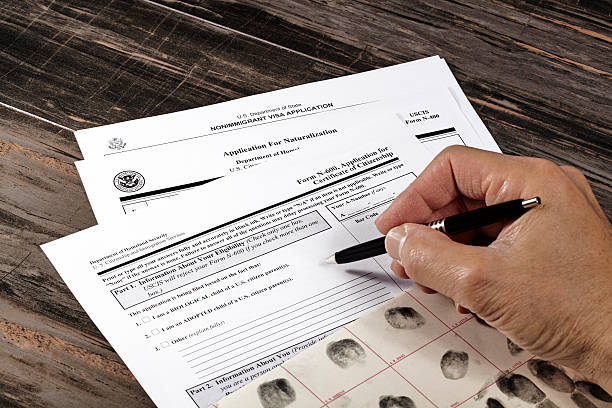
Visa Process
Tdmission to a coveted US university takes you only halfway toward your dream of studying in the USA. The equally crucial part is obtaining a study visa for the US. Complexities, careless mistakes, and a lack of sufficient knowledge about US student visa formalities can lead to undesired delays and, in some cases, visa refusals. To study in the USA, Indian students typically require an F1 visa. This visa is issued to international students attending an academic program or an English Language Program at a US college or university. F1 students are expected to complete their studies by the expiration date on their I-20 form (Certificate of Eligibility for Nonimmigrant Student Status), which is provided by the US college or university they plan to attend. The US Embassy in India has implemented a visa processing system across the country, offering all visa applicants an efficient, transparent, and standardized application process.
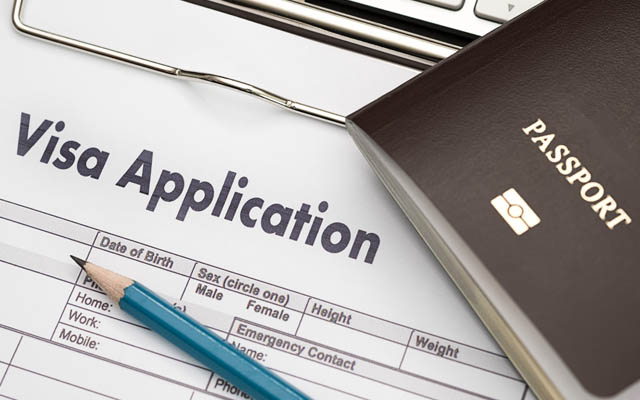
How to Apply for USA Visa?
How to Apply for USA Visa? US Visa is an Interview based visa, thus applicants have to apply to the US embassy for their interview
- Step 1 To obtain I-20 from University / College
- Step 2 To complete DS-160 Form
- Step 3 To obtain SEVIS Fee Receipt
- Step 4 To pay Visa Application fees
- Step 5 Schedule appointment
- Step 6 Attend OFC (Biometric)
- Step 7 - Attend Counselor Interview
- Step 8 Passport collection if visa is granted
List of Documents Required To Apply for a Study Permit to USA
Ivy League universities in the US began as a group association of eight highly competitive athletic colleges, namely:
- Valid Passport
- I-20
- Visa Appointment Confirmation
- SEVIS Fee receipt
- Email Communications from University
- 10th and 12th mark sheets and passing certificate
- Bachelor/Masters individual mark sheets
- Cornell University (New York)
- Proof of Funds
- Parents/sponsor two years Income Tax Return
- Education loan Letter (if any)
- Work Experience (If any)
- CA Report (optional)
- CE report (Optional)
- Affidavit of support from Sponsors
Public Universities
Public universities are part of an individual state's education system and receive funding from both the state and federal government. However, public universities often offer lower tuition fees than private institutions, even for out-of-state students.
Community Colleges
Community colleges are primarily two-year public institutions that grant certificates, diplomas, and associate's degrees.
Private Universities
These institutions primarily receive their funding from tuition fees paid by students, private donors, and federal research grants.
They typically have smaller student populations, and the higher tuition fees reflect this.
Private institutions often offer generous funding opportunities, which can make the net cost of attendance affordable for international students.
Student Visa Fee for USA
Ivy League universities in the US began as a group association of eight highly competitive athletic colleges, namely:
- I-20 issuance deposit depends on university to university.
- I-20
- Visa Appointment Confirmation
Public Universities
Public universities are part of an individual state's education system and receive funding from both the state and federal government. However, public universities often offer lower tuition fees than private institutions, even for out-of-state students.
Community Colleges
Community colleges are primarily two-year public institutions that grant certificates, diplomas, and associate's degrees.
Private Universities
These institutions primarily receive their funding from tuition fees paid by students, private donors, and federal research grants.
They typically have smaller student populations, and the higher tuition fees reflect this.
Private institutions often offer generous funding opportunities, which can make the net cost of attendance affordable for international students.
Cost to Study in the USA
In the United States, living expenses can fluctuate significantly owing to the country's extensive geographical expanse. Typically, urban areas, especially those in or near major cities, tend to be more expensive compared to smaller towns or suburban regions. Consequently, to gain a comprehensive understanding of the overall living costs in the US, it's essential to factor in these typical expenses when formulating your budget:
| School / Institution / Degree | Yearly Cost* |
|---|---|
| Books and Stationery | $500- $1,000 |
| Travelling | $500- $1,200 |
| Food | $2,500 |
| Clothes and Footwear | $500 |
| Miscellaneous Expenses | $2,000 |
Living cost in the USA
n the United States, living expenses can fluctuate significantly owing to the country's extensive geographical expanse. Typically, urban areas, especially those in or near major cities, tend to be more expensive compared to smaller towns or suburban regions. Consequently, to gain a comprehensive understanding of the overall living costs in the US, it's essential to factor in these typical expenses when formulating your budget:
| Category | Tuition Fees In USD |
|---|---|
| English Language Studies | $700 To $2,000 A Month |
| Community Colleges | $6,000 To $20,000 Per Year |
| Undergraduate Bachelor Degree | $20,000 To $40,000 Per Year |
| Graduate Programs | $20,000 To $45,000 Per Year |
| Doctoral Degree | $28,000 To $55,000 Per Year |
*Note: All costs are indicative and may vary from region to region
Post-Study Work Rights in the USA
International students who successfully complete a full course of study at a U.S. college or university become eligible for participation in the Optional Practical Training (OPT) program. OPT permits students to work in the United States for a period of up to 12 months following their graduation.
1. The OPT program encompasses two primary types:
Pre-completion OPT: This allows students to engage in part-time employment (up to 20 hours per week) while they are still enrolled in their academic program.
Post-completion OPT: This enables students to work full-time once they have completed their degree.
2. To qualify for post-completion OPT, you must meet the following criteria:
Be a full-time student enrolled in a degree-seeking program at a U.S. college or university.
Possess a valid F-1 student visa.
Have fulfilled all the requirements for your degree.
Apply for OPT within 60 days of completing your degree.
The application fee for post-completion OPT is $410.
Once granted OPT, you have the freedom to work in any position related to your field of study. Additionally, you can change jobs and employers as you see fit. The OPT program serves as a valuable opportunity for international students to gain practical work experience in the United States.
3. Here are some important considerations about the OPT program:
You must apply for OPT before you commence working.
Employment should be in a role that pertains to your area of study.
You must maintain your F-1 student visa status while on OPT.
Work hours on OPT cannot exceed 40 hours per week.
If you are an international student nearing graduation from a U.S. college or university, I strongly encourage you to explore the OPT program. It offers a valuable chance to gain work experience in the United States and advance your career.2
4. Additionally, there are other post-study work visa options for international students in the USA:
H-1B visa: Enables employers to hire foreign workers in specialized occupations requiring a bachelor's degree or higher.
L-1 visa: Allows employees of multinational companies to transfer to a U.S. office.
H E-2 visa: Permits investors to establish or manage a business in the United States.
O-1 visa: Designed for individuals with exceptional expertise in the fields of arts, sciences, education, business, or athletics.
Eligibility criteria for these visas vary, so it is advisable to seek guidance from an immigration attorney to determine the most suitable option for your circumstances.

